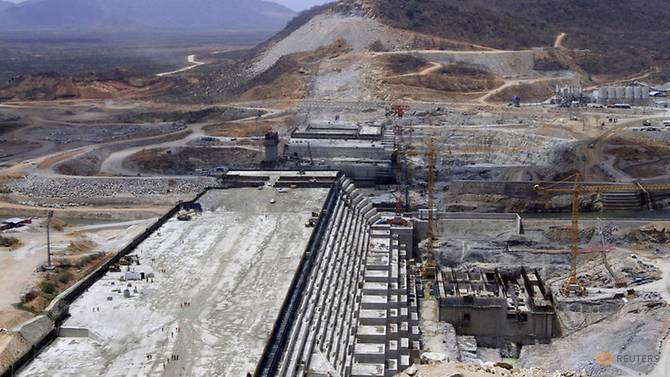
Ethiopia’s US$4 billion dam project on the River Nile will start initial operations in December 2020, according to the water and energy minister.
The planned 6,000-megawatt Grand Renaissance Dam is the centerpiece of Ethiopia’s bid to become Africa’s biggest power exporter, but until this week progress had been unclear after Prime Minister Abiy Ahmed last August canceled a state-run conglomerate’s contract to build the turbines.
The government had signed an agreement with GE Hydro France, a unit of GE Renewables, to accelerate the completion of the dam, and water and energy minister Seleshi Bekele said on Thursday3 January that the project was on track to open in two years.
“750 megawatts is the planned initial production with two turbines,” Seleshi told parliament. The government expected the dam to be fully operational by the end of 2022, he said.
When PM Abiy canceled the contract of Ethiopian military conglomerate Metals and Engineering Corporation (METEC) in August, he said that not a single turbine was operational more than seven years after the government awarded the contract. Dozens of senior officials from METEC, including its head, have been arrested in a corruption crackdown launched by the reformist leader who took office last year.
METEC had only completed 23 percent of the work. There have been other construction delays.
“Purchased generators, turbines and other equipment are scattered in ports and other places, meaning more costs,” Seleshi said.
The project was announced in 2011 and only 65 per cent of work has been completed. “It is a project that was supposed to be completed within five years, but seven or eight years later not a single turbine is operational,” Ahmed said.
Sudan, Ethiopia
GE Hydro France will be paid nearly €54 million (US$61 million) to manufacture, fix and test turbine generators.



